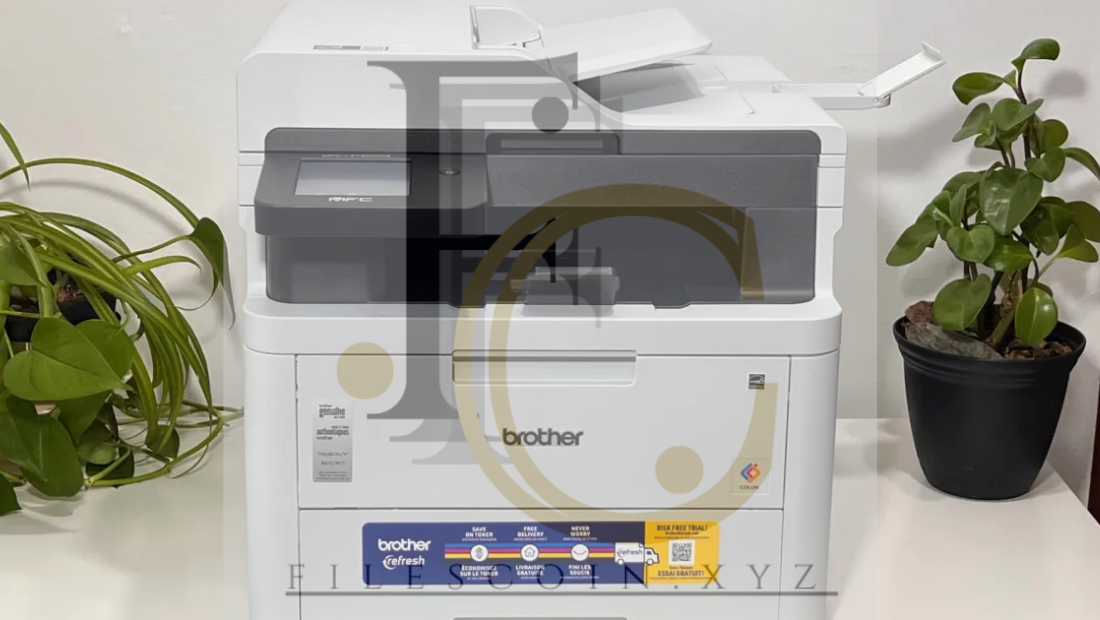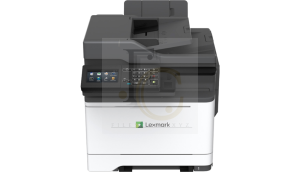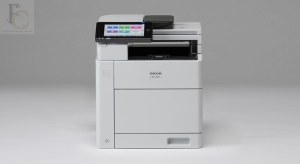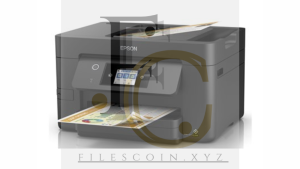Setting up a Brother printer can be a smooth and straightforward process if you follow the correct steps. Whether you’ve purchased a Brother laser printer, inkjet printer, or an all-in-one model, proper installation and configuration are essential for optimal performance. This ultimate guide will walk you through every step of the process—from unboxing your printer to configuring it for the first time, connecting it to your network, and installing the necessary drivers.
By the end of this guide, you’ll be ready to print, scan, and copy without any issues. Let’s dive into the easy setup process and make sure your Brother printer is running perfectly.
1. Unboxing Your Brother Printer
Before you start setting up your printer, it’s essential to unbox it properly. Take the necessary precautions to avoid damaging any parts.
a. Remove the Printer and Accessories
Start by carefully removing the printer from the box. Most Brother printers are packed securely with protective foam and plastic. Be sure to remove all the packaging material from the printer.
Check for the following accessories in the box:
- Printer unit
- Power cord
- Ink or toner cartridges
- User manual
- Installation CD (optional)
- USB cable (if applicable)
b. Position Your Printer
Place your printer on a flat, stable surface close to a power outlet and, if applicable, a router (for wireless printers). Ensure there is adequate space around the printer for airflow and easy access to buttons, trays, and the cartridge compartment.
- Tip: Keep the printer near your computer or wireless router if you’re connecting via Wi-Fi. Make sure there’s enough space for easy handling.
2. Install the Toner or Ink Cartridges
Next, you’ll need to install the toner or ink cartridges, depending on the model you have. Brother printers usually ship with pre-installed toner or ink cartridges, but you’ll still need to make sure they’re properly seated before you begin.
a. Open the Printer’s Front or Top Cover
Most Brother printers have a front or top cover that needs to be opened to access the cartridge compartment. Check the printer’s user manual for specific instructions on how to open it.
b. Install the Cartridges
Carefully remove the toner or ink cartridges from their packaging. Be sure to remove any protective seals or packaging material to prevent ink or toner from leaking.
Place each cartridge into its designated slot (usually color-coded) and press down gently until you hear it click into place.
- Tip: If you’re using a Brother laser printer, make sure the drum unit and toner cartridge are properly installed and secured in place.
c. Close the Printer Cover
Once the cartridges are installed, close the printer cover securely.
- Tip: Some printers, especially inkjet models, may require the ink cartridges to go through an initial alignment process, which can take a few minutes. Follow the printer’s on-screen instructions.
3. Connecting Your Printer
Now that the physical setup is complete, you can connect your printer to either a computer or a network. There are several ways to connect Brother printers, including USB, Wi-Fi, and Ethernet.
a. Connecting via USB (Wired Connection)
If you’re using a USB connection, this is the simplest method to get started. Follow these steps:
- Plug in the USB Cable: Connect one end of the USB cable to the printer and the other end to your computer.
- Install the Printer Software: Your computer should recognize the printer and attempt to install the necessary drivers automatically. However, if it doesn’t, you can manually install the printer software from the provided CD or download the drivers from the Brother Support website.
- Follow the On-Screen Instructions: The installation wizard will guide you through the remaining setup steps.
- Tip: If you don’t have a USB cable, check if your printer supports Wi-Fi or Ethernet connections, which provide greater flexibility.
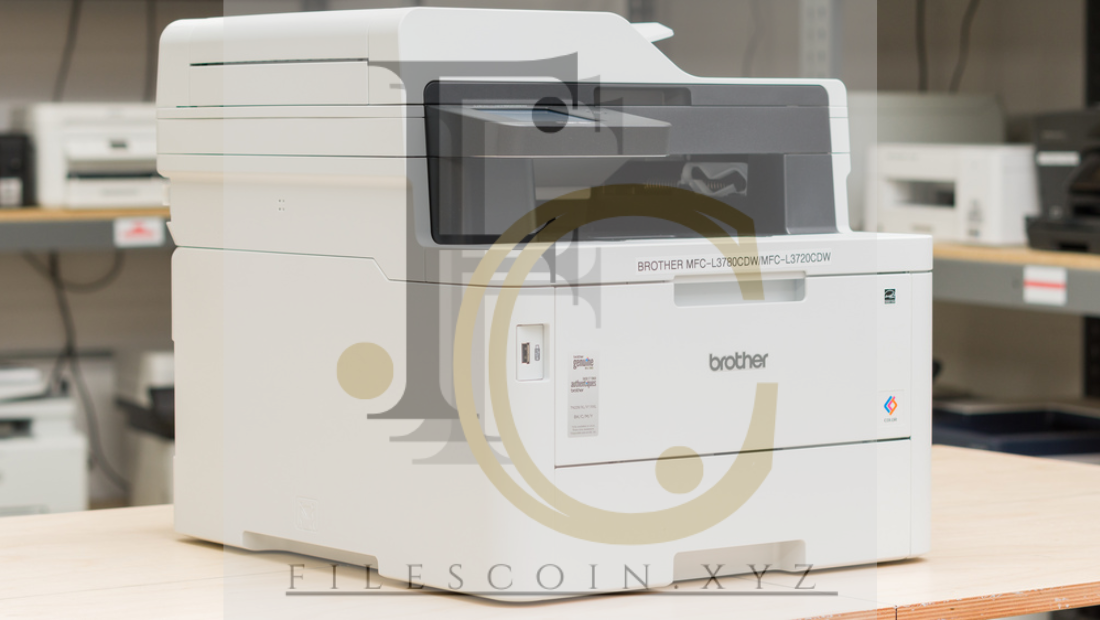
b. Connecting via Wi-Fi (Wireless Connection)
For wireless connections, Brother printers typically offer two methods to connect: using the WPS (Wi-Fi Protected Setup) button or through the printer’s control panel.
Method 1: Using WPS
If your router supports WPS, this is the fastest and easiest way to connect your printer to the network:
- Press the WPS Button on Your Router: Locate the WPS button on your router and press it. You typically have about two minutes to complete the next step.
- Activate WPS on the Printer: On your printer’s control panel, press the WPS button or go to the Wi-Fi setup menu, then select WPS. The printer will automatically connect to the router.
- Tip: If you’re not sure whether your router supports WPS, consult your router’s manual or look for the WPS symbol.
Method 2: Manual Wi-Fi Setup via Printer Control Panel
If your router does not support WPS, you can manually enter your Wi-Fi credentials:
- Access the Wi-Fi Setup Menu: On the printer’s control panel, navigate to Menu > Network > Wi-Fi Setup (or similar, depending on your model).
- Select Your Wi-Fi Network: Choose your network from the list of available networks.
- Enter the Wi-Fi Password: Enter your Wi-Fi network password using the on-screen keyboard.
- Confirm Connection: Once the connection is successful, the printer will display a message confirming that it’s connected to your network.
- Tip: If you’re having trouble with the connection, ensure your router is powered on, the printer is within range of the Wi-Fi signal, and your password is correct.
c. Connecting via Ethernet (Wired LAN)
For a more stable connection, you can use an Ethernet cable to connect your printer directly to your router.
- Plug in the Ethernet Cable: Connect one end of the Ethernet cable to your printer and the other end to your router.
- Install Printer Software: Follow the same software installation process as for the USB connection. The printer should be automatically detected on the network.
- Tip: Wired LAN connections are ideal for environments where multiple devices need to share a printer, and a reliable, high-speed connection is required.
4. Installing Printer Drivers and Software
Once the printer is connected to your computer or network, you’ll need to install the necessary printer drivers and software. This ensures that your printer is compatible with your operating system and enables you to access all of its features.
a. Using the Installation CD
If your Brother printer came with an installation CD, insert it into your computer’s disc drive and follow the on-screen instructions to install the software.
- Tip: If you don’t have a disc drive or prefer the latest version of the software, proceed to the next step.
b. Downloading from the Brother Support Website
If you don’t have the CD or want to ensure you’re using the latest drivers, download the necessary software directly from Brother’s support website.
- Go to the Brother Support Page: Enter your printer’s model number and download the drivers and software package for your operating system (Windows, macOS, or Linux).
- Install the Software: Open the downloaded file and follow the on-screen instructions to install the necessary software.
- Tip: If you’re using a wireless connection, ensure that both the computer and printer are connected to the same network during installation.
5. Configuring Printer Settings
After installation, it’s time to configure your printer for optimal performance. Most Brother printers allow you to customize a few basic settings for better usability.
a. Print a Test Page
Once your printer drivers are installed, print a test page to ensure everything is working correctly. This will also verify that your printer is connected to the computer and network properly.
b. Adjust Print Preferences
Access the printer preferences on your computer to adjust print settings such as:
- Print quality (draft, normal, high)
- Paper size and type
- Color options
- Duplex (double-sided) printing
- Tip: Adjust print settings to fit your needs, especially when printing photos, high-quality documents, or large print jobs.
6. Mobile Printing (Optional)
Many Brother printers offer the ability to print from smartphones and tablets via apps like Brother iPrint&Scan or Apple AirPrint.
- Download the App: If you have a mobile device, download the Brother iPrint&Scan app (available for iOS and Android) or use AirPrint for Apple devices.
- Connect Your Device: Ensure your phone or tablet is connected to the same Wi-Fi network as the printer.
- Start Printing: Open the document, photo, or file you want to print and select your Brother printer from the app or device’s print menu.
- Tip: Mobile printing is great for printing documents or photos on the go, without needing to connect to your computer.
7. Conclusion
Setting up your Brother printer doesn’t have to be difficult. By following the steps outlined in this guide, you can have your printer up and running in no time, whether you’re connecting via USB, Wi-Fi, or Ethernet. With the right drivers and software installed, along with a few configuration tweaks, your Brother printer will be ready to handle all your printing, scanning, and copying needs.
By keeping this step-by-step setup guide handy, you can ensure a smooth installation process and get the most out of your Brother printer from the very start. Whether you’re working from home, in the office, or printing documents for personal use, your Brother printer is now ready to provide reliable and high-quality prints.
